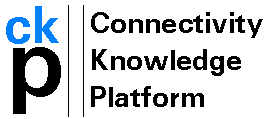
A Made IT project
http://www.made-it.com
info@made-it.com
 |
A Made IT projecthttp://www.made-it.com info@made-it.com |
PCM, Pulse Code Modulation, is the way an analog signal is converted to a digital signal. In this document we will describe PCM for voice to digital conversion as it is used by the telephone companies. The technique can of course be used in every analog to digital conversion.
The standard for converting analog voice lines into digital ones is standardized in G.711
The first thing that needs to be done is sampling the analog signal. After that various options are available to create a digital signal.

The outcome of a sampled analog signal is called PAM (Pulse-Amplitude Modulation). The problem occuring with a short high peak on a copper line is that it is very sensitive to destortion. The solution was PDM (Pulse-Duration Modulation) where the highth of a pulse is converted into pulse-width.
This version is still receptable to noise. It would be better to have all the same pulses which encode the information. And that is what we call PCM (Pulse Code Modulation) and which is standardized in CCITT G.711.
When n bits are available to describe a signal 2n samples can be taken. The 'resolution' of the bit description you use is mainly based on the complexity of the signal and the maximal amount of data your receiving device can handle. For digitized voice they have chosen for an 8 kHz sampling rate and an 8 bit encoding, which resulted in 64 kbps (8 x 8000) bandwidth. Ofcourse different encoding schemes are invented to minimize line signal changes and to reduce data loss.